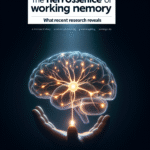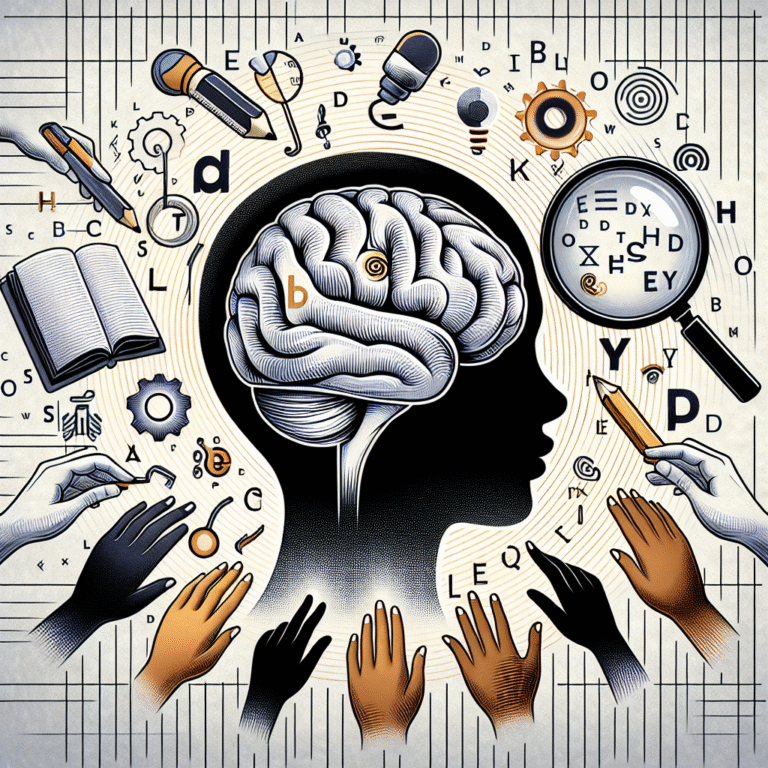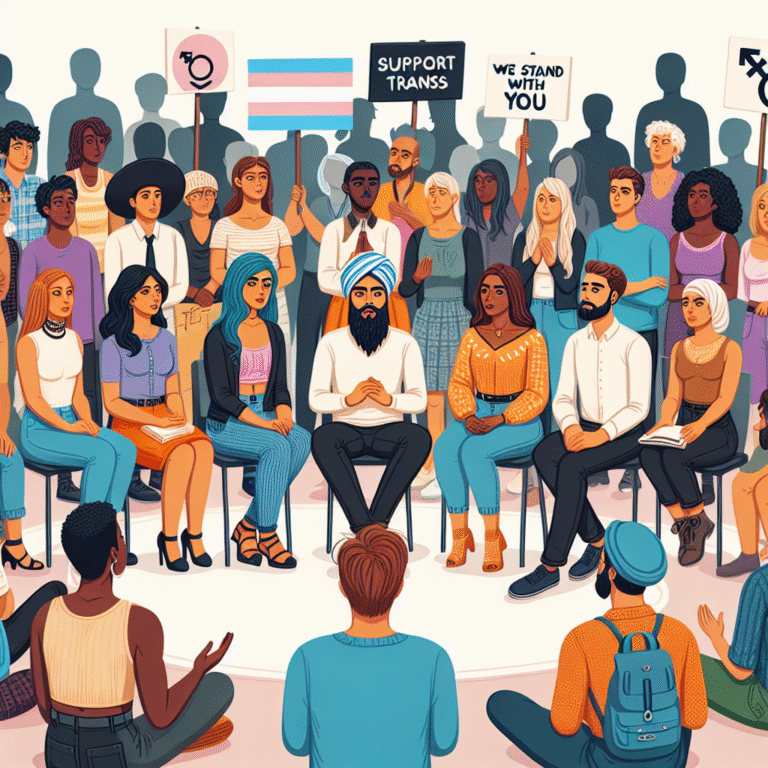
Beyond the Basics: Essential Techniques for Fostering Inclusivity in Education
Introduction
In a rapidly changing world, the imperative for inclusive education has never been more pressing. As demographic diversity grows in classrooms, the need for educators to adopt comprehensive and innovative strategies extends beyond the mere basics. "Beyond the Basics: Advanced Techniques for Fostering Inclusivity in Education" paves the way for a more equitable learning environment where every student can thrive. This article will delve deep into advanced techniques, highlight significant case studies, and provide actionable insights to ensure that inclusivity is not just an aspiration but a tangible reality in education.
Understanding Inclusivity: The Foundation of an Inclusive Education System
What is Inclusivity in Education?
Inclusivity in education refers to the practice of ensuring that all students, regardless of their background, abilities, or needs, have equal access to opportunities for learning. This approach goes beyond simply accommodating diverse learners; it actively seeks to engage them and create an educational environment where they can flourish.
The Importance of Fostering Inclusivity
Fostering inclusivity is crucial for several reasons:
- Empowers All Learners: Inclusive practices empower students by acknowledging their unique strengths and contributions.
- Promotes Diversity: A diverse classroom enriches learning experiences, allowing students to gain multiple perspectives.
- Improves Student Outcomes: Research demonstrates that inclusive practices can lead to better academic performance and social development.
The Status Quo: Challenges in Achieving Inclusivity
Despite the recognized importance of inclusivity, many educational institutions grapple with significant challenges:
- Lack of resources and training for educators.
- Siloed teaching practices that fail to adapt to diverse needs.
- Limited engagement with families and communities.
As we delve deeper, we will explore "Beyond the Basics: Advanced Techniques for Fostering Inclusivity in Education" that can effectively address these challenges, transforming classrooms into thriving, inclusive environments.
Advanced Techniques for Fostering Inclusivity in Education
1. Culturally Relevant Pedagogy
Culturally relevant pedagogy emphasizes the importance of incorporating students’ cultural contexts into the curriculum. This technique acknowledges that students from diverse backgrounds may learn differently and encourages teachers to adapt their instructional methods accordingly.
Case Study: Westside High School
At Westside High School, educators adopted culturally relevant pedagogy by integrating local history and cultural narratives into their lesson plans. This approach resulted in a noticeable increase in student engagement and academic performance. Teachers noted that students were more motivated to participate when they saw themselves reflected in the curriculum.
Analysis
The success experienced at Westside High School illustrates the transformative power of culturally relevant pedagogy in creating an inclusive educational environment that values diverse perspectives.
2. Universal Design for Learning (UDL)
Universal Design for Learning (UDL) is an educational framework that emphasizes flexible approaches to teaching. By providing multiple means of engagement, representation, and action, UDL accommodates diverse learning styles.
Table 1: UDL Principles and Applications
| UDL Principles | Applications |
|---|---|
| Multiple Means of Engagement | Different activities to capture interest |
| Multiple Means of Representation | Visual aids, audio materials, text variants |
| Multiple Means of Action | Various assessment methods (e.g., presentations, projects) |
Case Study: Riverbend Elementary
Riverbend Elementary utilized the UDL framework to redesign their teaching practices. By providing diverse resources and assessments, teachers found that students—with varying abilities—could engage with the material in ways that suited them best. The result was an inclusive environment where students felt valued and capable.
Analysis
Riverbend’s experience validates the efficacy of UDL policies, demonstrating how thoughtful design can meet the needs of all learners, fostering inclusivity and academic success.
3. Collaborative Learning Environments
Creating collaborative learning environments encourages peer-to-peer interactions that foster inclusivity. Group work not only aids in academic understanding but also enhances social skills and relationships.
Case Study: Harmony Academy
At Harmony Academy, teachers implemented collaborative learning projects that encouraged students to work together across different grades and abilities. This approach not only allowed students to learn from each other but also built empathy and understanding. Reports indicated a significant decrease in bullying incidents and an improvement in school culture.
Analysis
The collaborative learning model seen at Harmony Academy exemplifies how teamwork enhances inclusivity, making every student feel valued for their contributions and perspectives.
4. Responsive Teaching
Responsive teaching focuses on the immediate needs of students, adjusting instruction based on their feedback and performance. This technique fosters a growth mindset, where mistakes are viewed as learning opportunities.
Case Study: Maplewood Middle School
At Maplewood Middle School, teachers received training in responsive teaching techniques. By regularly soliciting student feedback on lessons, educators were able to adjust their approaches in real-time. The outcome was a classroom environment where students felt heard and respected, significantly increasing their engagement levels.
Analysis
The success of Maplewood Middle School highlights the value of responsive teaching as an advanced technique for fostering inclusivity. By actively involving students in their learning process, classrooms transformed into spaces of mutual respect and collaboration.
5. Integrating Social-Emotional Learning (SEL)
Social-emotional learning (SEL) equips students with the skills to recognize and manage their emotions, establish positive relationships, and make responsible decisions. Including SEL in the curriculum is essential for promoting an inclusive environment.
Table 2: SEL Competencies and Benefits
| SEL Competencies | Benefits |
|---|---|
| Self-awareness | Improved emotional regulation |
| Social awareness | Enhanced empathy for diverse perspectives |
| Relationship skills | Stronger peer connections |
Case Study: Oak Ridge High School
At Oak Ridge High School, educators integrated SEL into daily curricula, addressing issues such as bullying and creating a supportive learning environment. Surveys indicated a marked improvement in student well-being and relationships among peers.
Analysis
Oak Ridge’s focus on SEL demonstrates the importance of emotional intelligence in creating an inclusive classroom, offering students not just academic skills but essential life skills as well.
6. Technology-Enhanced Learning
Adopting technology in the classroom can enhance accessibility and personalization for students. Assistive technologies (such as text-to-speech or screen readers) can empower students with different learning needs.
Case Study: Tech Innovations Academy
Tech Innovations Academy leveraged technology to provide customized learning experiences. By offering various platforms for assignments, students had the ability to choose how they wished to engage with the content, fostering a sense of ownership over their learning.
Analysis
This case illustrates how technology can enhance inclusivity, allowing for tailored educational experiences that cater to individual learning preferences and needs.
Conclusion
"Beyond the Basics: Advanced Techniques for Fostering Inclusivity in Education" provides a roadmap for educators seeking to create classrooms where every student feels valued, engaged, and empowered. By implementing culturally relevant pedagogy, Universal Design for Learning, collaborative learning environments, responsive teaching, social-emotional learning, and technology-enhanced learning, educators can create inclusive educational settings that significantly benefit all students.
As we strive to build inclusive environments, let’s remember that fostered inclusivity is not merely an outcome but a continuous journey. Every step taken toward inclusivity not only transforms individual lives but also enriches and strengthens entire communities. Embrace these advanced techniques, and together, we can move beyond the basics toward a future where education is truly equitable for all.
FAQs
1. What does "inclusive education" mean?
Inclusive education is an approach that ensures all students, regardless of their backgrounds or abilities, have equal access to quality education and learning opportunities.
2. Why is inclusivity important in education?
Inclusivity is vital as it promotes diversity, empowers all learners, and leads to improved educational outcomes, creating a richer learning experience.
3. How can educators implement culturally relevant pedagogy?
Educators can integrate local histories, cultural narratives, and diverse perspectives into the curriculum to make learning more relatable and engaging for students from varied backgrounds.
4. What are the benefits of Universal Design for Learning (UDL)?
UDL provides a flexible approach to teaching, ensuring that all students can access and engage with learning material through different means, resulting in improved academic success and engagement.
5. How does technology facilitate inclusivity?
Technology can enhance inclusivity by providing personalized learning experiences and accessibility features that cater to diverse learning needs, allowing all students to participate fully in the classroom.
6. What role does social-emotional learning (SEL) play in fostering inclusivity?
SEL helps students develop emotional intelligence, empathy, and relationship skills necessary for navigating diverse social contexts, thereby contributing to a more respectful, inclusive school culture.
In harnessing these advanced techniques, educators can truly transcend traditional practices. By embedding these methodologies within the fabric of the educational system, we can work toward a transformative future in which inclusivity is not the exception, but the norm.
















